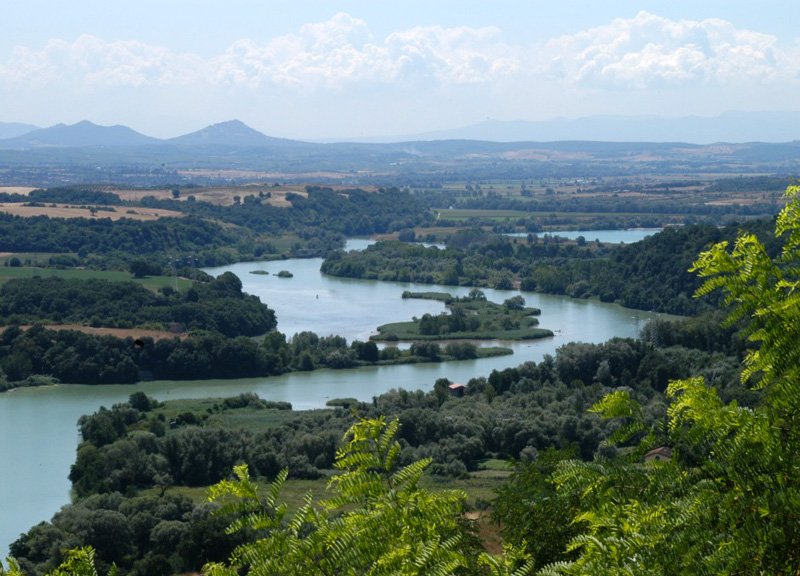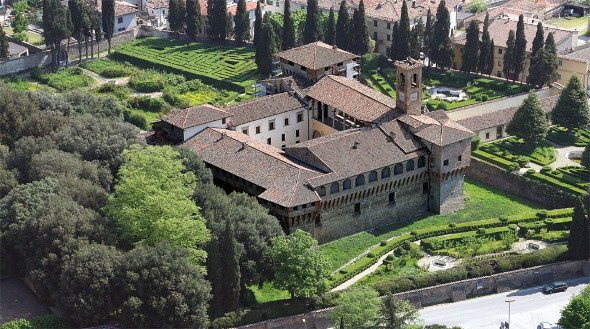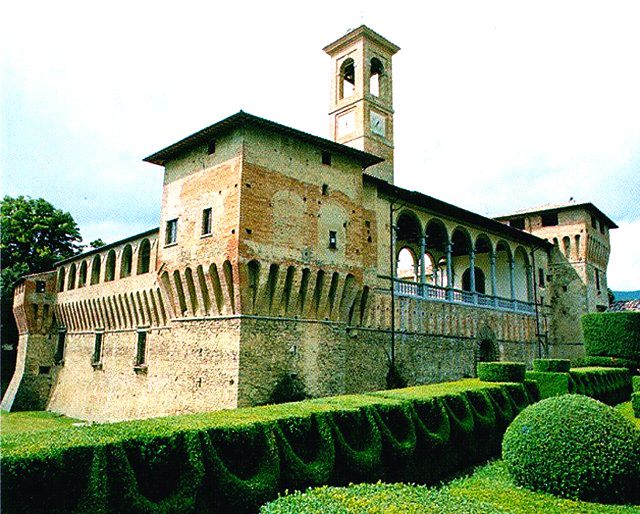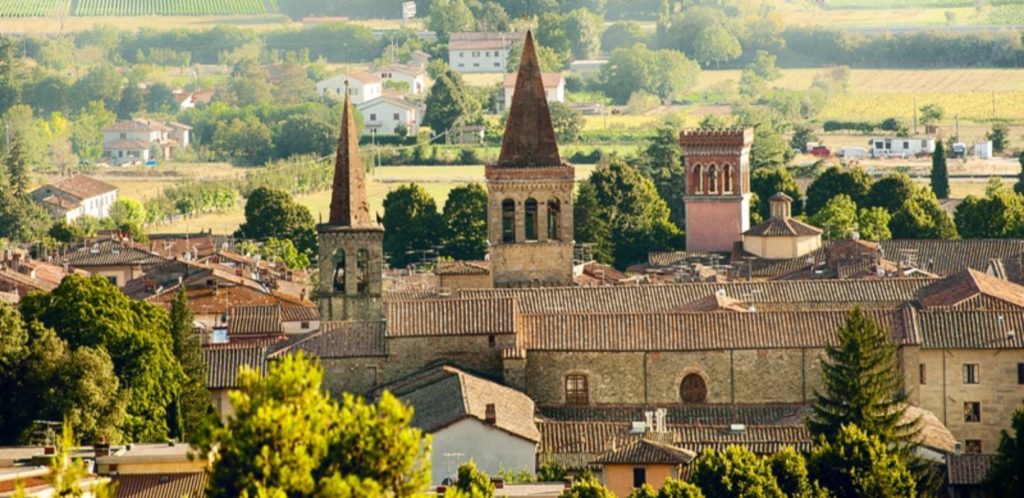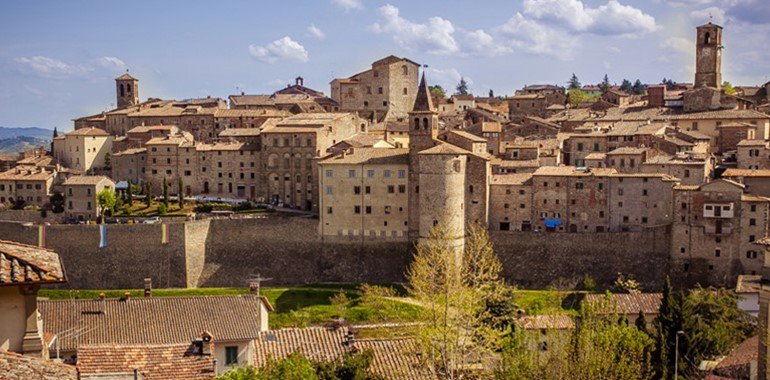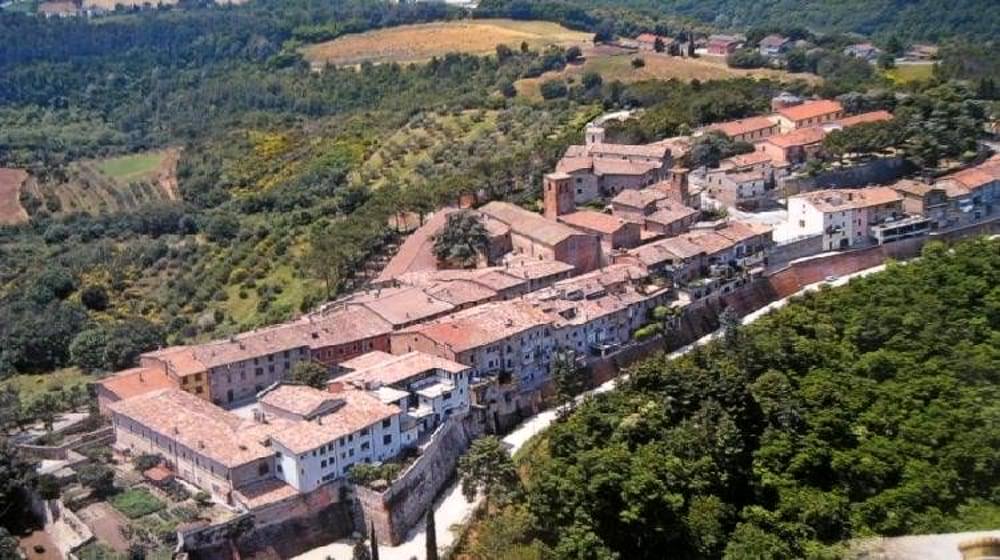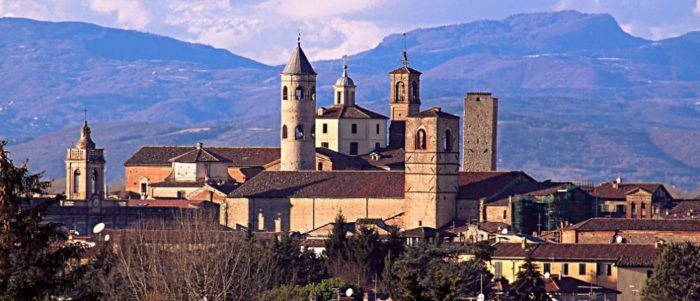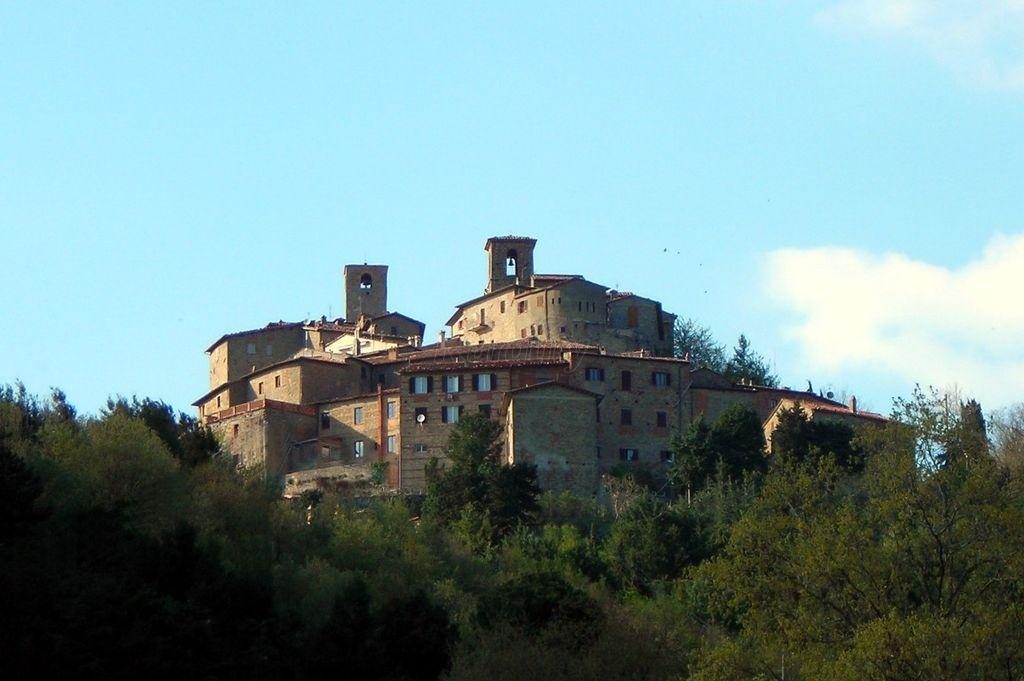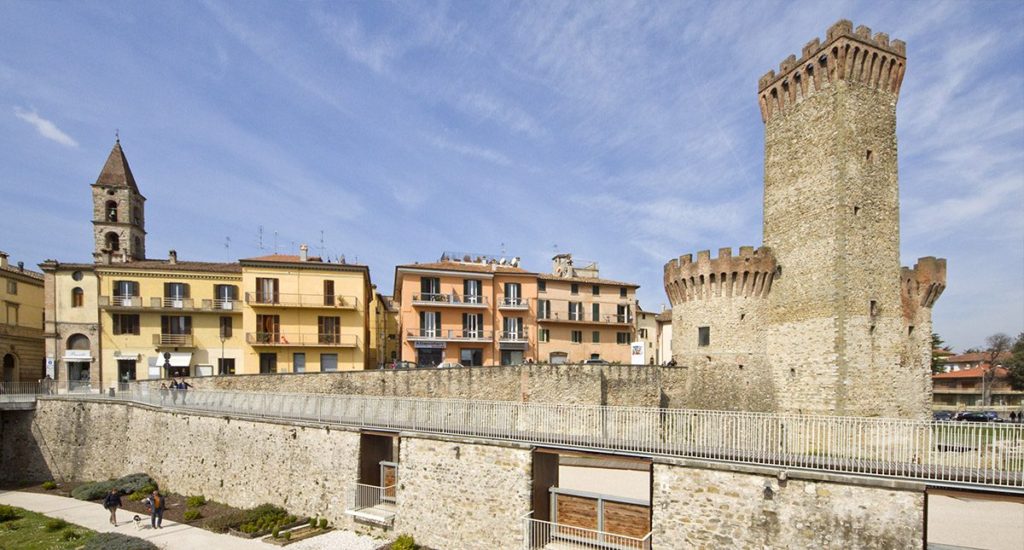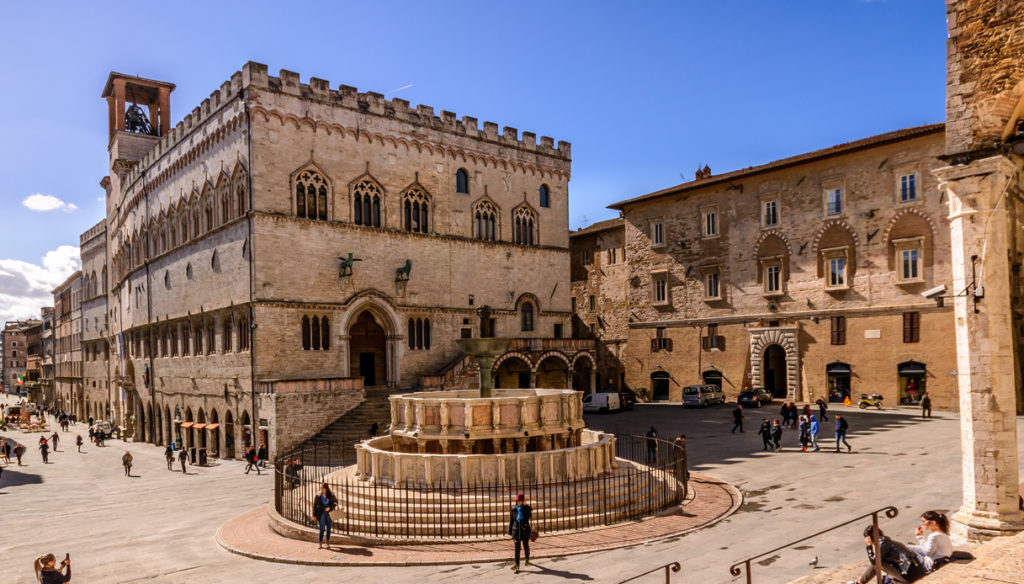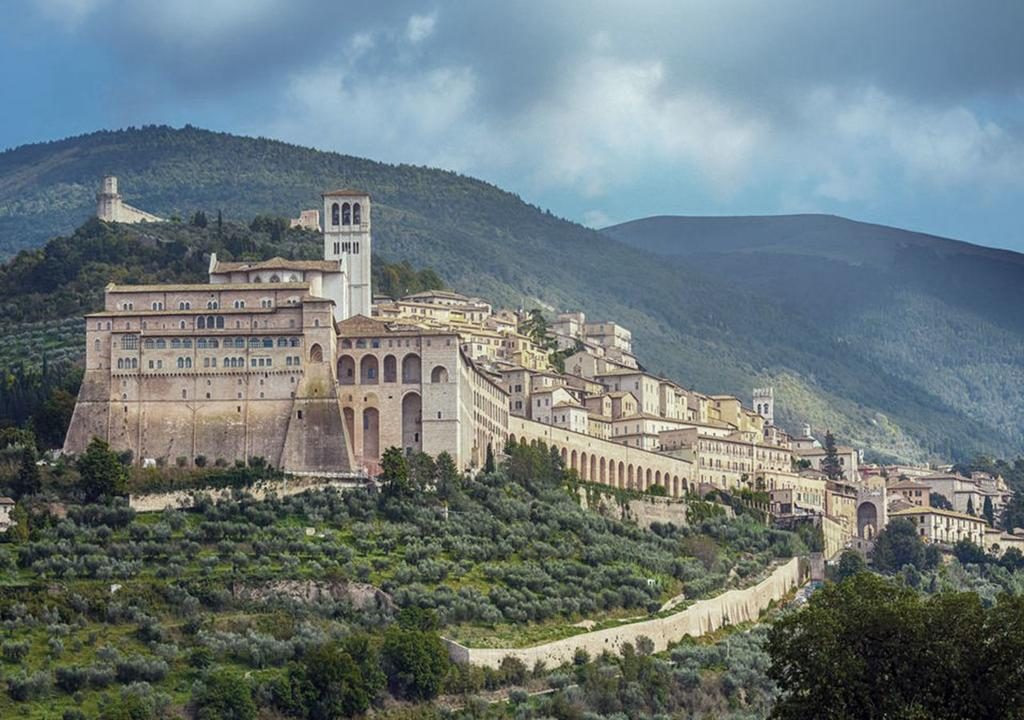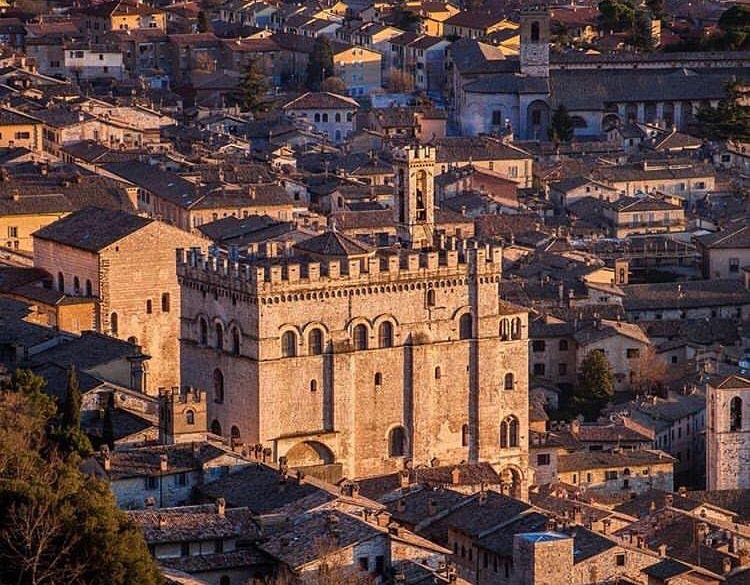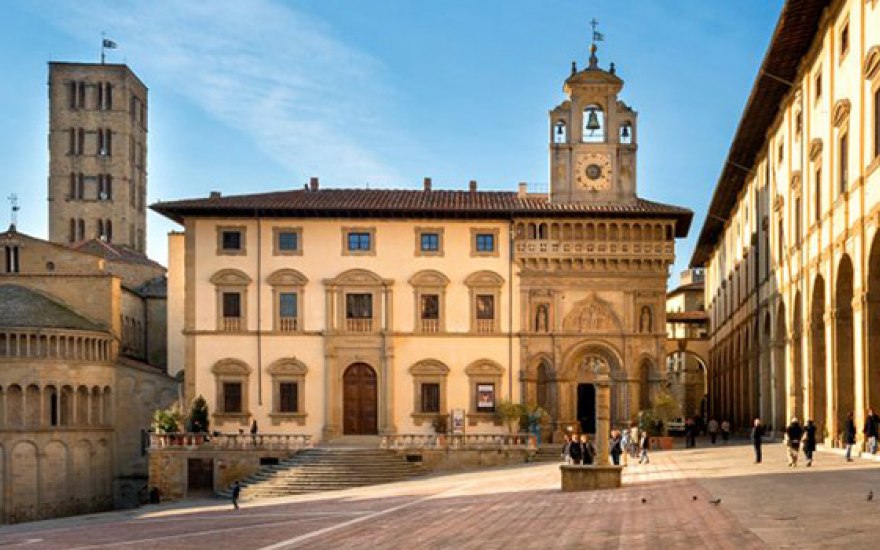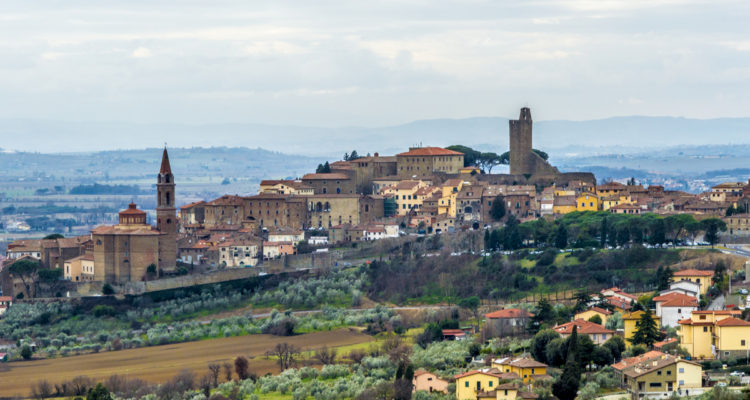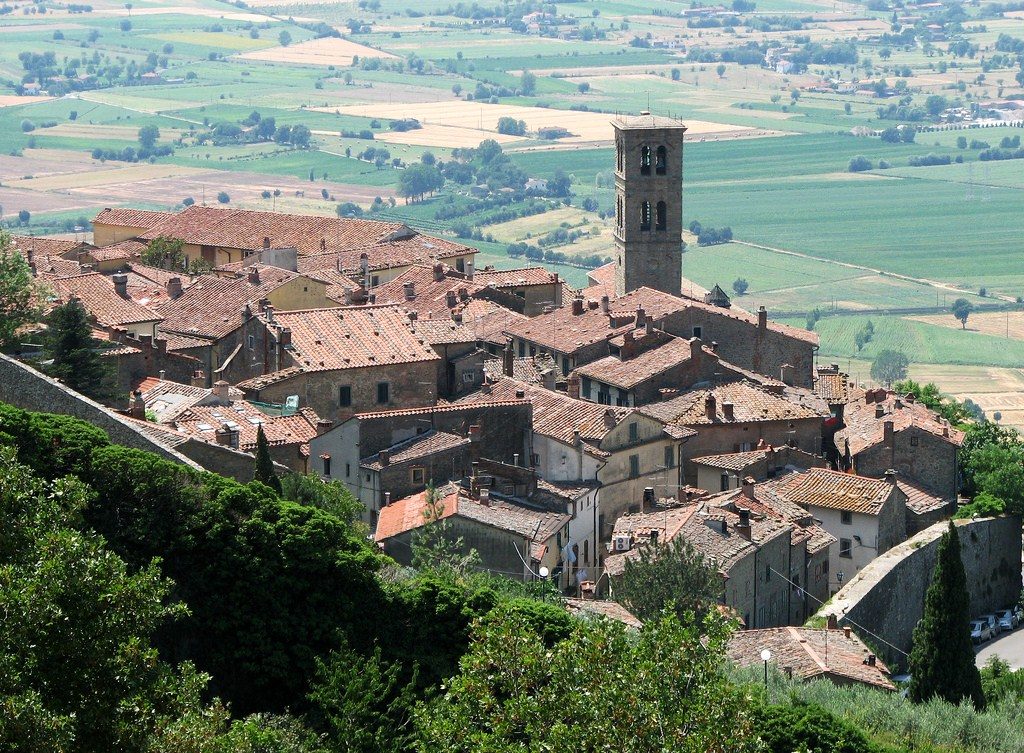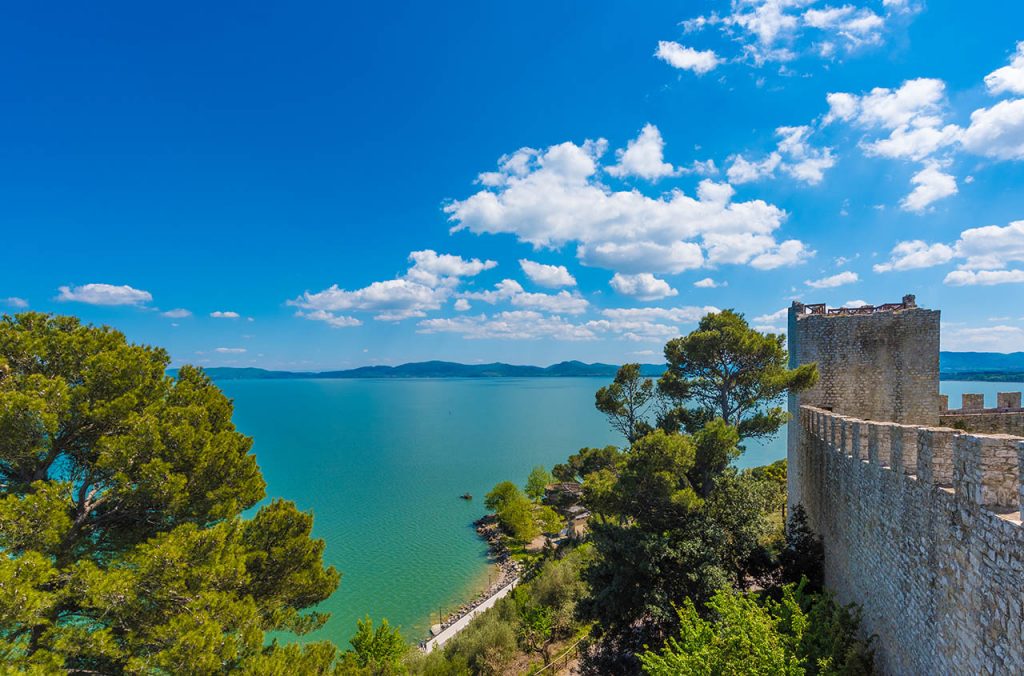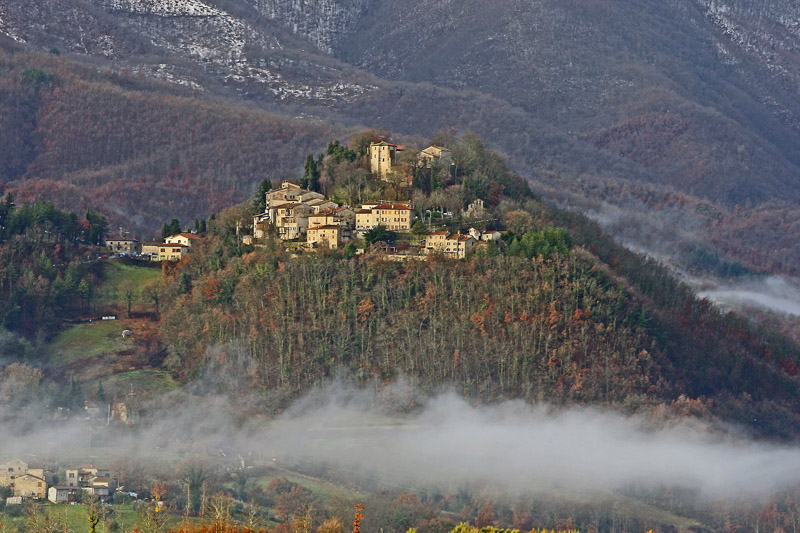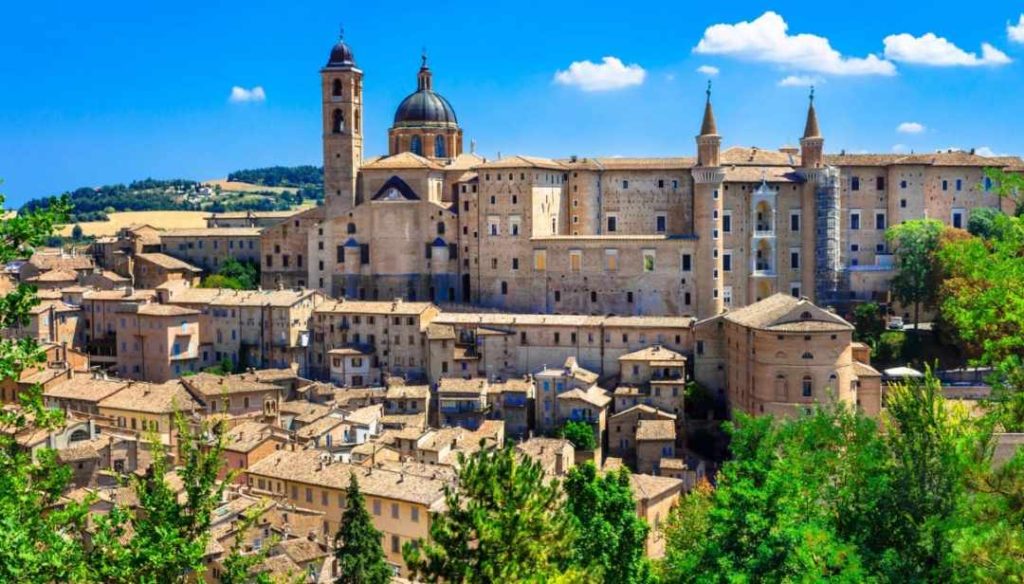AROUND US
The Upper Tiber Valley
It owes its name to the river of the same name, which flows from the springs of Monte Fumaiolo in Romagna into the artificial basin of Montedoglio, and then crosses Umbria and Lazio until it flows into the Tyrrhenian Sea. The valley, even if it constitutes a whole from the geographical point of view, already …
San Giustino
(4 min from the farmhouse) Don’t miss the Bufalini Castle: located in the centre of San Giustino, fortress of 1492, later transformed into a grand villa by Vasari, it is surrounded by an Italian style garden with a labyrinth. Just 2 km from San Giustino is the former Republic of Cospaia, a very small village …
Republic of Cospaia
The republic of Cospaia was a small independent territory from February 1441 to June 1826. Currently it is a fraction of the Municipality of San Giustino. The small became independent when, in February 1441, Pope Eugenio IV ceded the territory of Sansepolcro to the Republic of Florence. By mistake in the designation of the border, …
Sansepolcro
(at 7min) The main centre of the Tuscan Valtiberina, it boasts a valuable historical centre, closed by a wall bounded by gunboats and an imposing Medici Fortress (1350). The main square (Piazza Torre di Berta) is overlooked by Palazzo Pichi (16th century) and Palazzo Giovagnoli (13th century); a short distance away is the Duomo, a …
Anghiari and surroundings
(at 15min) In a dominant hilly position stands the majestic fortified village of Anghiari, whose fame derives from the fact that it was the scene of the Battle of Anghiari, fought in 1440 between the Florentines and Milanese, and immortalised in the famous fresco by Leonardo da Vinci in the Palazzo Vecchio in Florence (painted …
Citerna and Monterchi
(at 18 minutes) Not far from Anghiari, it is worth visiting Citerna and Monterchi. The charm of Citerna lies in the ancient fortress and the medieval walkways, both in perfect condition, as well as in the elevated position from which you can enjoy a magnificent panoramic view of the whole Valtiberina. Monterchi is best known …
Città di Castello
(at 15min) A flourishing town of Roman origins, the ancient Castrum Tifernum is today the real industrial engine of the Upper Tiber Valley, and stands out for its production of style furniture, cartography and metalwork. The city was deeply marked by the lordship of the Vitelli family, who governed it from the middle of the …
Monte Santa Maria Tiberina
(at 30min) Situated at an altitude of almost 700m, the village enjoys a superb view over the valley below; today almost uninhabited, it has kept all its medieval charm intact. Starting from the XI century it was the stronghold of the feud of the Marquis Bourbon del Monte who, having come to Italy following the …
Umbertide and Montone
(at 30min) Situated at the southern end of the Valtiberina, Umbertide offers visitors attractions such as the church of Santa Maria della Reggia (a majestic 16th century building with an octagonal plan, surmounted by a dome), the church of Santa Croce (built in 1651, it houses the Deposition of the Cross, a remarkable panel by …
Perugia
(45min from the farmhouse) Perugia, a city of Etruscan Roman origin and capital of the Umbria region, is home to one of the oldest universities in Europe (founded in 1308). The city centre is made up of the splendid Piazza IV Novembre, where the most illustrious monuments are located: in the middle is the Fontana …
Assisi
(at 55min) Assisi is situated in a panoramic position on a spur of Mount Subasio (1290 m), overlooking the plain of the mouse and Chiascio. For the magnificent monuments, the suggestive religious atmosphere that pervades it, the mystical memories of St. Francis and the grace of the landscape, it is one of the most frequented …
Gubbio
(50min from the farmhouse) Gubbio is one of the most characteristic cities of Umbria, on the edge of a beautiful plain and at the foot of Mount Ingino, full of charm for its intact, genuine medieval appearance and noble monuments; on May 15th, the eve of Saint Ubaldo, patron saint of the city, Gubbio is …
Arezzo
(40min from the farmhouse) Lying on the slope of a hill in front of the plain where the Valdarno, the Casentino and the Valdichiana bloom, Arezzo is renowned for its goldsmith and textile production. The centre of the city and Piazza San Francesco, where the basilica of St. Francis is located, in Tuscan Umbrian Gothic …
Castiglion Fiorentino
(at 50min) A small town surrounded by walls and characteristic for the 14th and 15th century towers on which the ancient keep stands; the structure of the village is well preserved, with its narrow streets flanked by ancient houses and palaces. In the central Piazza del Municipio there are the Logge del Vasari of the …
Cortona
(at 60min) Situated at an altitude of 500m above sea level, on a steep buttress of the Alta di San Egidio, Cortona is a large medieval village with buildings mainly made of sandstone, typical for the façades of the dwellings facing outwards and supported by characteristic wooden corbels; the ancient part of the town is …
Lake Trasimeno and its villages
(60 minutes away) In the green heart of Umbria on horseback with Tuscany, among the reeds and the enchanting white water lily, lies Lake Trasimeno, a real natural paradise where wild ducks, cormorants, kites and kingfishers flock. Beyond the flat slope, there are gentle hills with woods alternating with sunflower and corn fields, vineyards and …
Caprese Michelangelo
(35 minutes away) In the very name of the village, it bears the memory of the famous Michelangelo Buonarroti, who was born here on 6th March 1475. The territory is made up of a green valley, dominated by the wooded mass of the Alpe di Catenaia, called Alpe della Faggeta or, simply, Faggeto by the people …
Urbino
(at 75 min) The history and artistic fortunes of Urbino are closely linked to the Montefeltro family, who had it as a feud in 1213. The most illustrious personage was Duke Frederick (1444-82), a perfect example of a Renaissance prince, who made his court a cenacle of artists and men of letters. Under him was …

